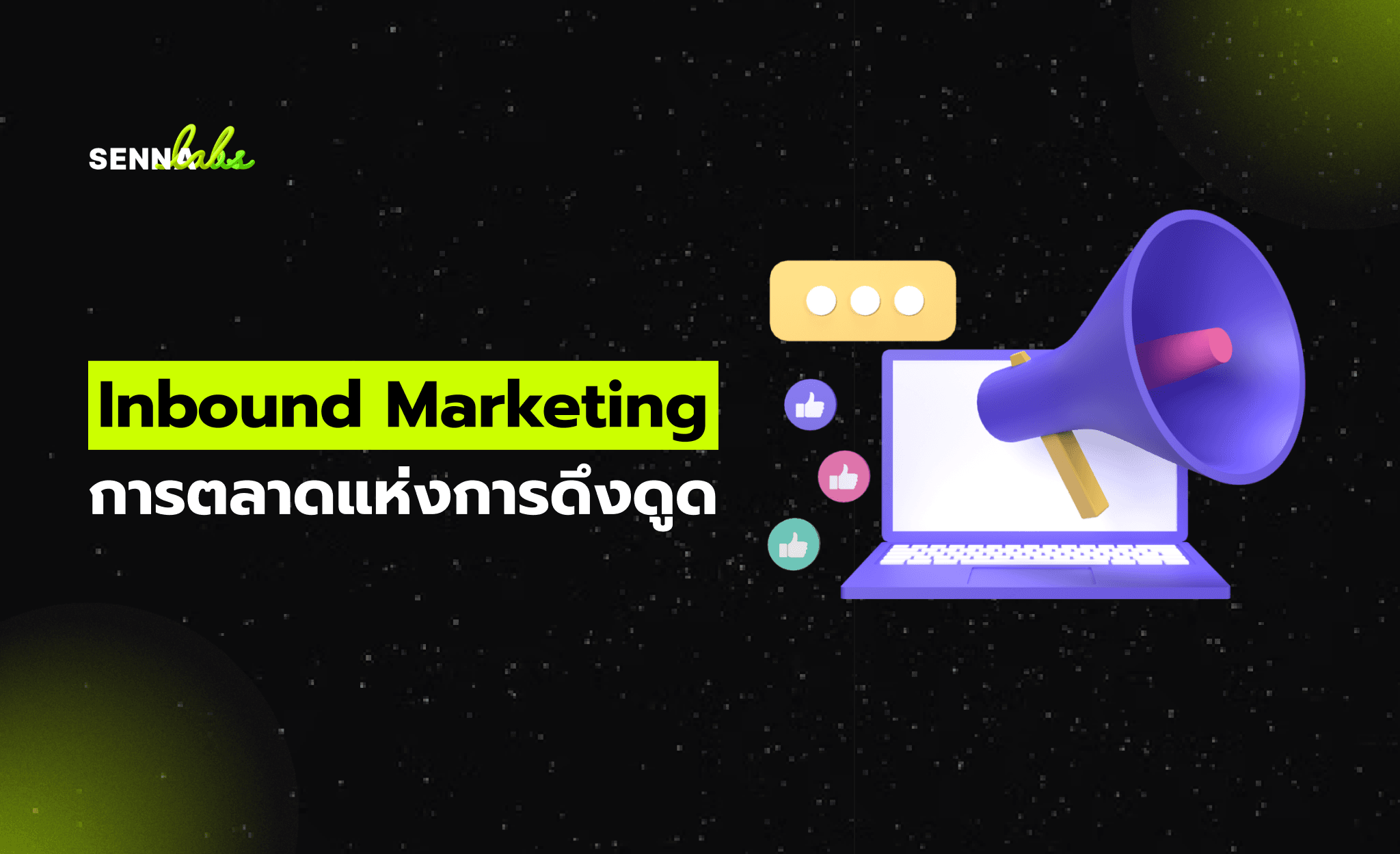Budget-Friendly Software for SMEs: Options for Small Businesses
Share

Running a small business is a challenging but rewarding endeavor. For small and medium-sized enterprises (SMEs), finding ways to streamline operations while keeping costs low is essential. Luckily, affordable software solutions have become a game-changer, enabling businesses to manage key tasks efficiently without breaking the bank.
This article explores budget-friendly software options for SMEs, including accounting programs, CRM systems, and marketing tools. Through a real-life example of a small restaurant, we’ll demonstrate how the right tools can save time, reduce costs, and improve overall business efficiency.

Why Budget-Friendly Software Matters for SMEs
Many SMEs operate on tight budgets and cannot afford to invest in expensive, enterprise-level software. However, ignoring the need for software can lead to inefficiencies, missed opportunities, and errors in critical processes.
Affordable software offers a middle ground, providing essential features tailored to small businesses. These tools help business owners:
-
Save time by automating repetitive tasks.
-
Reduce human error with accurate data management.
-
Enhance decision-making with real-time insights.
-
Improve customer relationships and drive growth.
Affordable Software Categories for SMEs
1. Accounting Software
Managing finances is a top priority for any business, but it can be tedious and error-prone when done manually. Budget-friendly accounting software simplifies tasks like expense tracking, invoicing, and tax preparation.
Popular Options:
-
Wave Accounting: Free for basic accounting needs, including invoicing and expense tracking.
-
QuickBooks Online: Affordable plans starting at $25/month, ideal for small businesses needing robust features.
-
Zoho Books: A cost-effective choice with plans starting at $10/month.
2. Customer Relationship Management (CRM) Software
Building and maintaining strong customer relationships is crucial for growth. CRM systems help businesses organize customer data, track interactions, and analyze sales trends.
Popular Options:
-
HubSpot CRM: Offers a free version with basic features, perfect for small businesses.
-
Zoho CRM: Affordable plans starting at $14/month, with tools for email campaigns and customer tracking.
-
Pipedrive: A simple and effective CRM starting at $15/month.
3. Marketing Tools
Marketing software allows SMEs to create, manage, and track campaigns efficiently, whether through social media, email, or ads.
Popular Options:
-
Canva: Free and premium plans available for designing marketing materials.
-
Mailchimp: Free for up to 500 contacts, with tools for email marketing and audience insights.
-
Hootsuite: Starts at $19/month for managing social media accounts in one place.
Case Study: A Small Restaurant’s Success Story
Business Challenge:
A family-owned restaurant struggled to keep track of income and expenses using spreadsheets. Errors in calculations and missed expense tracking caused financial inefficiencies, leading the owners to search for an affordable solution.
Solution:
The restaurant adopted Wave Accounting, a free and easy-to-use accounting tool. With this software, they could:
-
Automate invoicing and expense tracking.
-
Generate financial reports quickly.
-
Monitor cash flow in real-time.
Results:
-
Errors in financial records reduced by 70%.
-
The owners saved 10 hours per week previously spent on manual accounting tasks.
-
Improved visibility into their finances allowed them to make smarter decisions about pricing and inventory.
This example demonstrates how budget-friendly software can transform operations, even for businesses with limited resources.
How to Choose the Right Software for Your SME
-
Identify Your Needs:
Consider your biggest pain points. Do you need help with accounting, managing customers, or creating marketing campaigns? -
Set a Budget:
Determine how much you can afford to spend each month on software subscriptions. -
Start Small:
Many tools offer free versions or trial periods. Test them out to ensure they meet your needs before committing to a paid plan. -
Look for Scalability:
Choose software that can grow with your business. For instance, start with basic features and upgrade as your needs evolve. -
Check for Integration:
Ensure the software integrates seamlessly with your existing tools, like payment gateways or inventory systems.
Benefits of Affordable Software for SMEs
-
Cost Savings:
Budget-friendly software eliminates the need for expensive, custom-built systems. -
Time Efficiency:
Automation reduces time spent on repetitive tasks, allowing business owners to focus on growth. -
Improved Accuracy:
Digital tools minimize human errors in critical areas like accounting and customer data management. -
Accessibility:
Cloud-based software allows businesses to manage operations from anywhere, on any device. -
Competitive Advantage:
Even small businesses can access professional-grade tools to compete with larger players.
Conclusion
For SMEs, affordable software is not just a cost-saving option but a strategic investment. Tools like accounting programs, CRM systems, and marketing software empower small businesses to operate more efficiently, serve customers better, and make data-driven decisions.
The example of the small restaurant illustrates how even free or low-cost tools can have a significant impact on operations and profitability. By choosing the right software and leveraging its features, SMEs can overcome challenges and unlock new opportunities for growth.

Share

Keep me postedto follow product news, latest in technology, solutions, and updates
Related articles
Explore all


